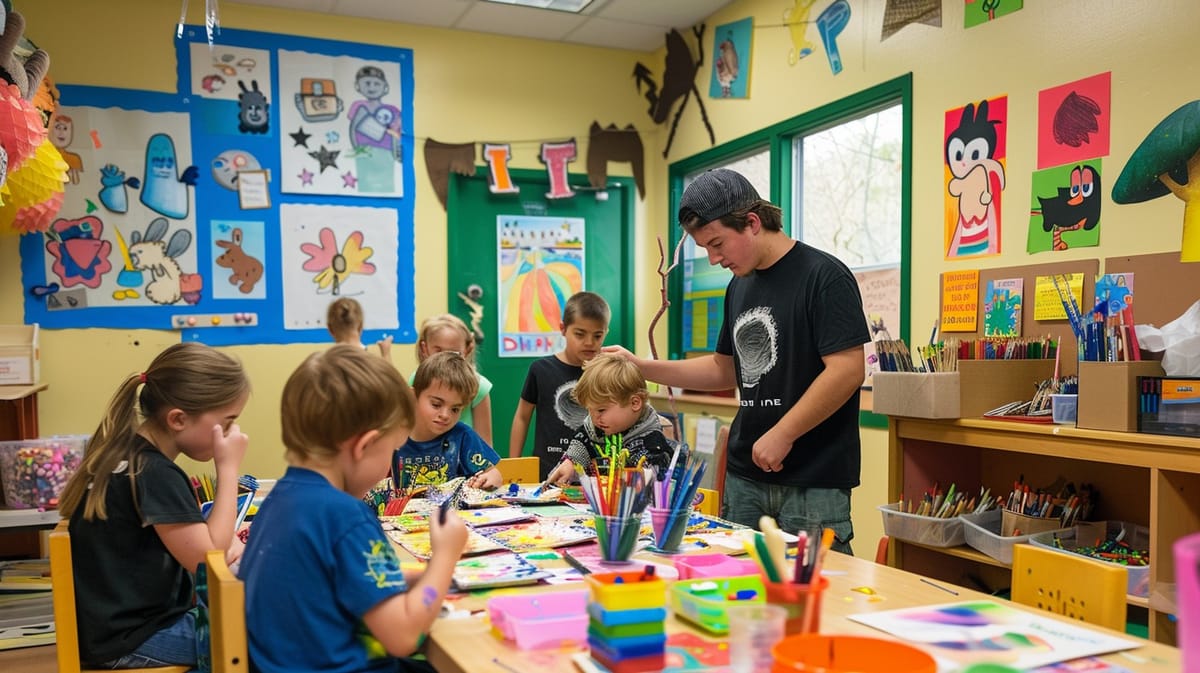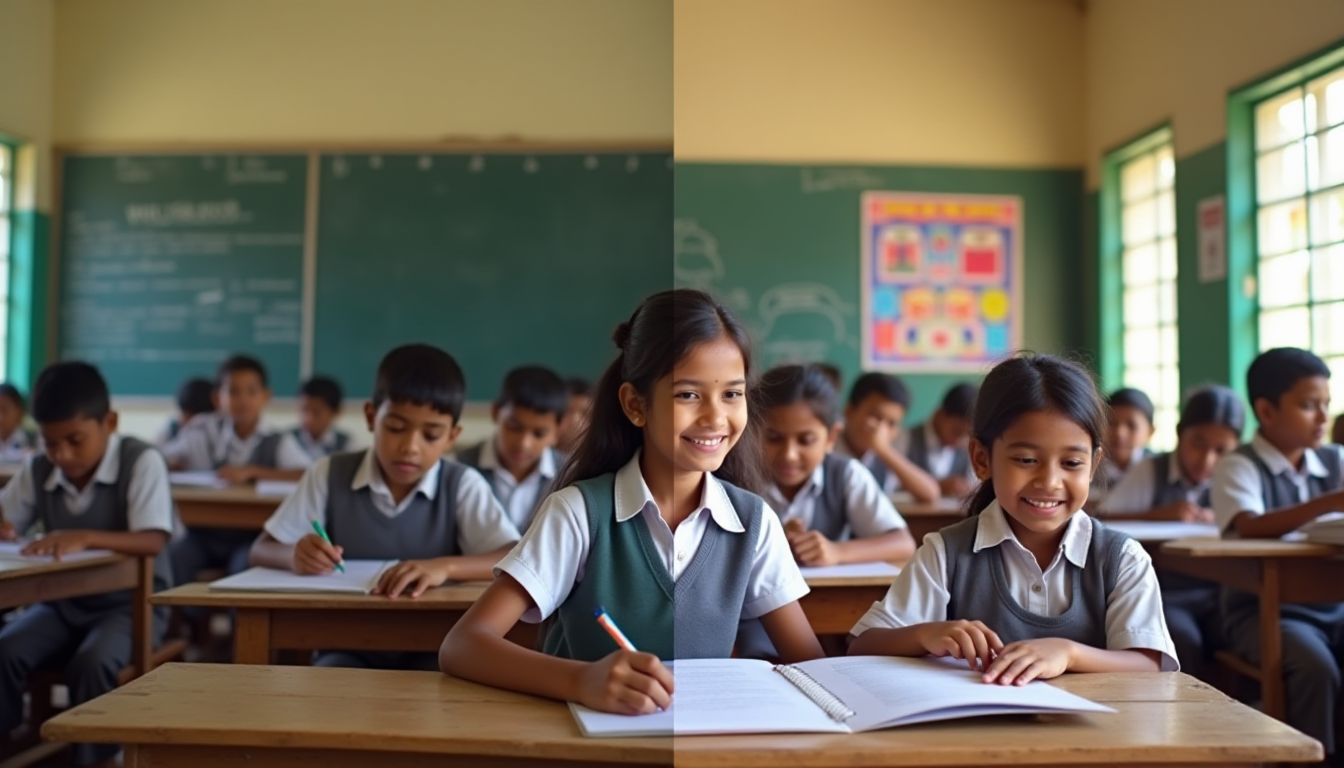The Power of Failing: Why Schools Must Teach Resilience

At Sunview Academy, Rohan was the golden boy. Top grades, debate team captain, and a scholarship to a top college—his academic years were a string of victories. Teachers adored him, parents envied his drive, and peers looked up to his effortless success. But at 25, in his first big job, Rohan pitched a project that flopped spectacularly. The failure hit like a freight train. Unprepared for setbacks, he spiraled into self-doubt, quit his job, and battled depression for years. One stumble was enough to unravel a lifetime of wins.
Rohan’s story isn’t rare. Many bright students, conditioned to chase perfection, crumble when life throws a curveball. At Tailwnd, we believe schools must teach resilience—the art of failing, dusting off, and trying again. Here’s why learning to fail is a superpower and how schools can make it part of every student’s toolkit.
Why Failure Is a Gift in Disguise
Failure isn’t the opposite of success—it’s the foundation. Each misstep teaches lessons no textbook can: humility, adaptability, and grit. A 2019 study in Psychological Science found that students who experienced early setbacks in controlled settings—like a challenging project or a low test score—were 20% more likely to persevere in future tasks than those shielded from failure. Why? Failure rewires the brain to see challenges as opportunities, not dead ends.
For students, learning to fail builds resilience—the ability to bounce back from setbacks. Resilient kids don’t just survive life’s ups and downs; they thrive. They take risks, innovate, and grow, knowing a stumble isn’t the end of the story. In a world where change is constant, resilience is more valuable than a perfect report card.
The Cost of Chasing Perfection
Our schools often glorify toppers, rewarding flawless marks over effort. But this sets a trap. Students like Rohan, raised on praise for success, tie their worth to winning. When failure inevitably strikes—a bad grade, a rejected job application, or a personal loss—they’re blindsided. Without tools to cope, they may withdraw, lose confidence, or, like Rohan, face mental health struggles. A 2021 Journal of Youth and Adolescence study linked perfectionism in students to a 30% higher risk of anxiety and depression. Chasing perfection doesn’t build strength—it builds fragility.
How Failure Fuels Long-Term Success
Embracing failure equips students for life’s marathon, not a sprint. Here’s how it helps:
- Problem-solving: Failing forces kids to analyze what went wrong and try new approaches, sharpening critical thinking.
- Emotional regulation: Navigating setbacks teaches students to manage disappointment, building emotional resilience.
- Growth mindset: Failure shows that skills aren’t fixed—they improve with effort, as Carol Dweck’s research on mindset shows.
- Courage: Kids who’ve failed before are less afraid to take risks, whether launching a startup or tackling a tough exam.
Think of failure as a gym for the mind. Each fall strengthens the muscles of perseverance and adaptability, preparing students for careers and relationships where setbacks are inevitable.
How Schools Can Teach Resilience
Schools must weave resilience into the fabric of learning. Here’s how:
- Create safe spaces to fail. Design low-stakes challenges—like group projects or creative experiments—where failure is part of the process. Praise effort, not just results.
- Teach reflection. After a setback, ask students, “What did you learn? What would you do differently?” This turns failure into a lesson.
- Model resilience. Teachers should share their own failures—like a lesson that flopped—and how they grew from it, normalizing setbacks.
- Incorporate social-emotional learning (SEL). Programs that teach coping skills, like mindfulness or goal-setting, help kids handle disappointment.
At Tailwnd, we’re helping schools build resilience through SEL and cognitive science-based programs. Our workshops train teachers to create classrooms where failure is a stepping stone, not a stigma, and equip students with tools to thrive through challenges.
Parents: Embrace the Stumble
Parents play a big role, too. Instead of asking, “Did you win?” try, “What did you try today? What happened?” Celebrate the effort behind a failed science project as much as a perfect math score. Share your own flops—like a work mistake you learned from—to show failure isn’t fatal. By framing setbacks as growth, you raise kids who see challenges as chances to shine.
The Payoff: Kids Ready for Life
When schools teach resilience, students like Rohan don’t break—they bend. They face job rejections, tough exams, or personal hurdles with a quiet strength, knowing failure is just a pitstop. These kids grow into adults who innovate, lead, and live with courage, unafraid of the next stumble.
At Tailwnd, we’re on a mission to raise whole humans—resilient, curious, and ready for anything. Let’s stop fearing failure and start teaching kids its power. Because a student who can fail and keep going? That’s a student who’ll change the world.
Your Turn: How do you help kids embrace failure? Share your tips below or tweet us @TailwndAI. Want to bring Tailwnd’s resilience-building programs to your school? Email info@tailwnd.com. Let’s raise kids who thrive, no matter what life throws.





